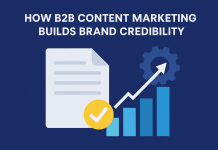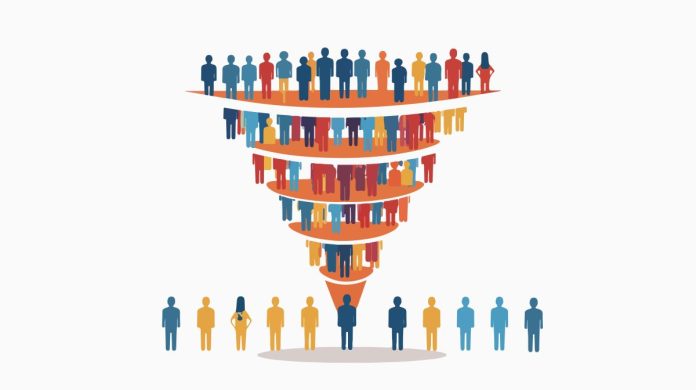Having a well-structured lead generation funnel is crucial for driving business growth. A B2B lead generation funnel helps businesses attract potential leads, nurture them, and ultimately convert them into paying customers. Building a funnel that aligns with your sales and marketing strategies can streamline your efforts and maximize results.
In this blog post, we will take a deep dive into the steps involved in creating an effective B2B lead generation funnel that delivers measurable outcomes.
Step 1: Understand Your Target Audience
The foundation of any successful B2B lead generation funnel starts with understanding your target audience. This involves identifying the key pain points, needs, and goals of your prospects. Start by creating detailed buyer personas to capture the demographic, industry, and behavioral traits of your potential clients. Use tools such as surveys, market research, and feedback from your sales team to refine your personas.
Step 2: Attract Top-of-the-Funnel Leads
At the top of your B2B lead generation funnel, the goal is to attract potential leads through awareness. This is the stage where you create content that educates and informs your audience about their challenges. Popular content types include blog posts, eBooks, infographics, and videos.
To attract leads, utilize SEO tactics such as optimizing your website for relevant keywords (e.g., B2B lead generation, B2B sales), publishing regular blog content, and building an effective social media presence. Paid advertising like Google Ads or LinkedIn Sponsored Content can also be helpful in reaching your target audience at this stage.
Step 3: Capture Leads with High-Value Offers
Once you’ve attracted your audience, the next step is to convert them into leads by capturing their contact information. This typically involves offering high-value content in exchange for their details. Gated content like webinars, case studies, whitepapers, and product demos are excellent tools to get visitors to share their information.
Utilize lead capture forms on your website’s landing pages and integrate tools like marketing automation software to seamlessly collect data and follow up. Make sure your offer is aligned with the needs of your audience so they feel compelled to provide their information.
Step 4: Nurture Leads with Targeted Campaigns
Once leads enter your funnel, nurturing them through personalized and targeted campaigns is essential. At this stage, email marketing is one of the most effective tools to engage leads with relevant content based on their actions and behavior. Automation software like HubSpot or Marketo allows you to send tailored email sequences that guide leads through the funnel.
Your goal in this middle-of-the-funnel (MOFU) stage is to build trust by demonstrating how your product or service solves their problem. Use case studies, testimonials, and comparison guides to highlight your unique value proposition (UVP) and maintain their interest.
Step 5: Convert Leads into Sales
The final stage of the B2B lead generation funnel is converting leads into paying customers. By this point, your leads should be familiar with your offerings and ready to make a purchasing decision. You may need to provide additional content to help push them over the finish line.
Sales enablement tools, product demos, or free trials are highly effective at this stage. Your sales team should engage with prospects directly to answer questions, address concerns, and demonstrate the value of your solution in a one-on-one setting. Having a seamless handoff between marketing and sales teams ensures that no potential leads are missed during this critical stage.
Step 6: Measure and Optimize the Funnel
Building a B2B lead generation funnel is not a one-time task. It requires constant monitoring and optimization to improve results. Use key metrics such as conversion rates, customer acquisition cost, and the lifetime value of customers to measure your funnel’s performance. Identifying bottlenecks or areas where leads drop off can help you refine your strategy.
Regularly A/B testing elements of your funnel, such as landing page copy, CTA buttons, or email subject lines, can help improve conversion rates. Reviewing analytics tools such as Google Analytics or CRM software will give you deeper insights into where your funnel is succeeding or falling short.
Conclusion
An effective B2B lead generation funnel is essential for converting leads into customers, but building one requires careful planning, execution, and optimization. Following these six steps—understanding your audience, attracting leads, capturing them, nurturing them, converting them, and continually optimizing—ensures a well-structured funnel that fosters sustainable business growth. With the right strategy and tools, your funnel will become a powerful engine for growing your B2B company.
I hope you find the above content helpful. For more such informative content please visit B2B Reports.









